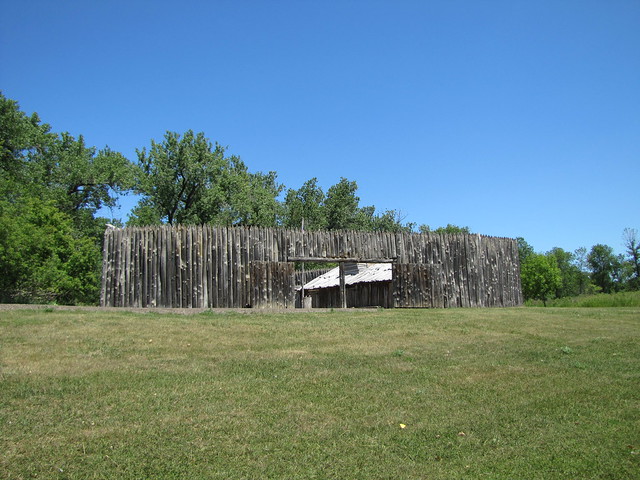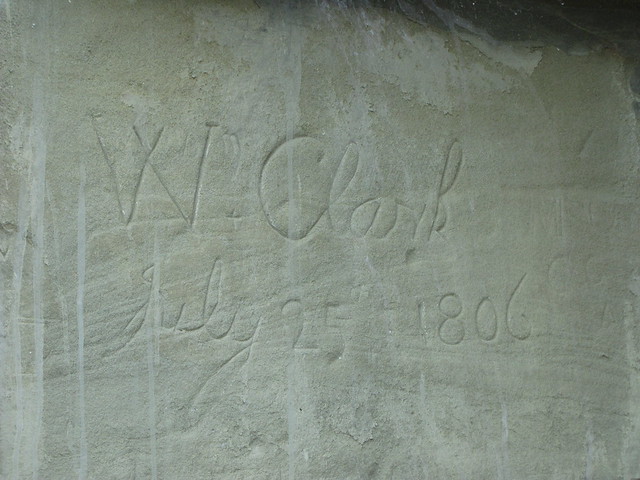I'm finishing up a manuscript and I'm in part of the process that's unique to writing historical novels. Those of you who aren't writers may easily imagine that writing a historical involves research into the time and place. You know the author has to check out certain objects in the book - for example being sure, if the characters ride bicycles in the 1870's, that bicycles had been invented by then. There is research to be done on everything from recipes and roadways .
But authors also have to create a voice for their work that rings true to the period without seeming stilted or hard to read. I've always thought of this in terms of cadence and certain old fashioned tag words - "The fighting commenced at daylight." Of course there are words specific to the setting. "Water raged through the arroyo." But what I find really interesting are the words and phrases you can't use in a historical novel.
My current manuscript is a love story and I found that many words describing romance and excitement are modern. Consider "A current ran up my arm," "His touch was electric," "It was as though I'd flipped a switch and the lights came on." See what I mean? You can't write about electricity in a book that takes place when people didn't know what it was.
But even more interesting to me is that some words didn't exist at the time of my manuscript. One of my careful beta readers pointed this out. Did you know that "goosebumps" came into usage in the 1800s? This word doesn't work in a book set in the 1600s. "In a pickle," however does. There are choices of setting too. I have a manuscript that's set in the Arctic and one of my descriptions was of the cracks in sea ice as it breaks apart in the thaw. I said "like veins of a dying leaf." Later, I realized there are no trees in the Arctic - that's part of the definition of that biome. My protagonist wouldn't compare anything to leaves. I changed the simile to bones. I'm often a little annoyed as I discover these problems but then I enjoy the hunt of research and replacement. I get a kick out of creating authentic voices of the time.















